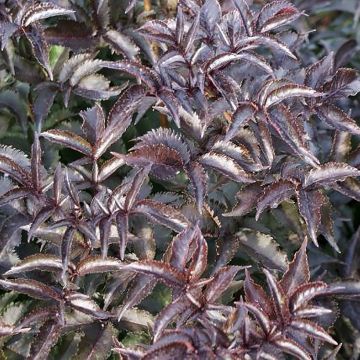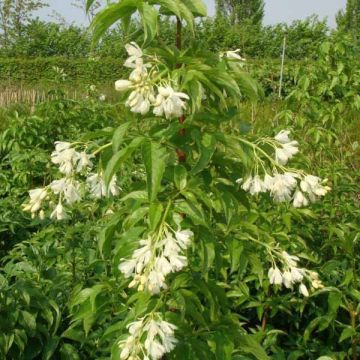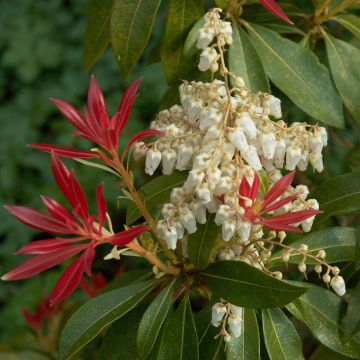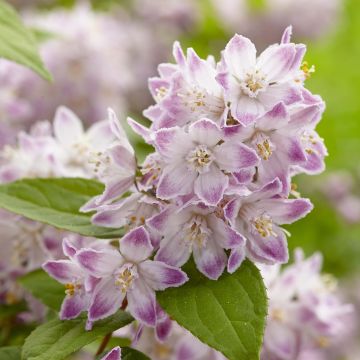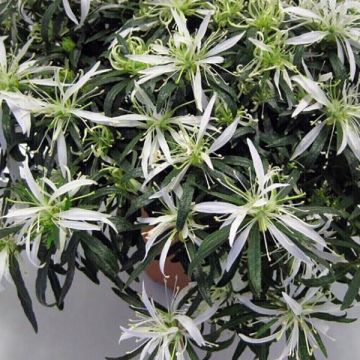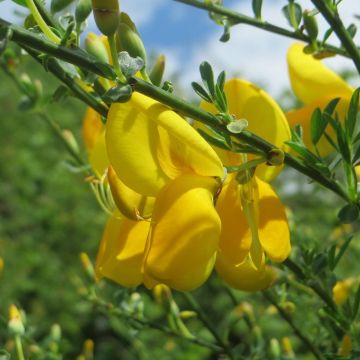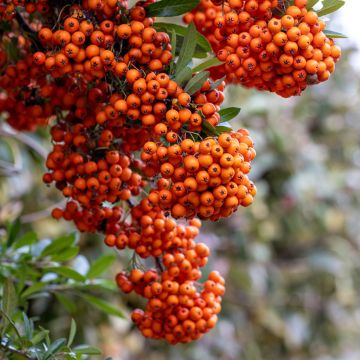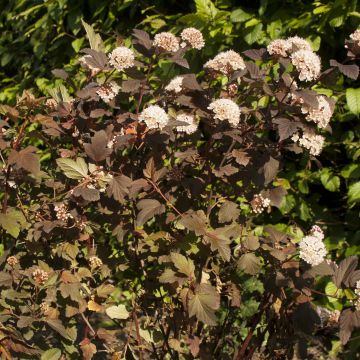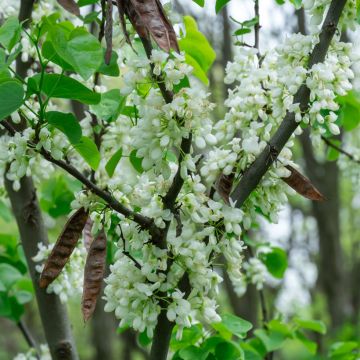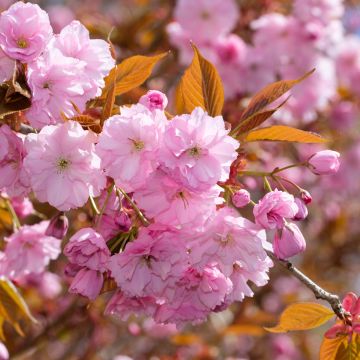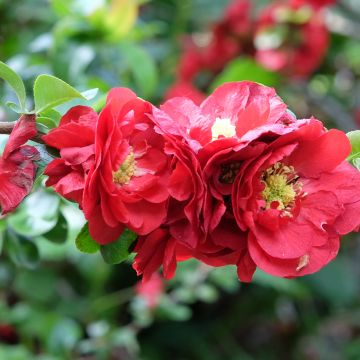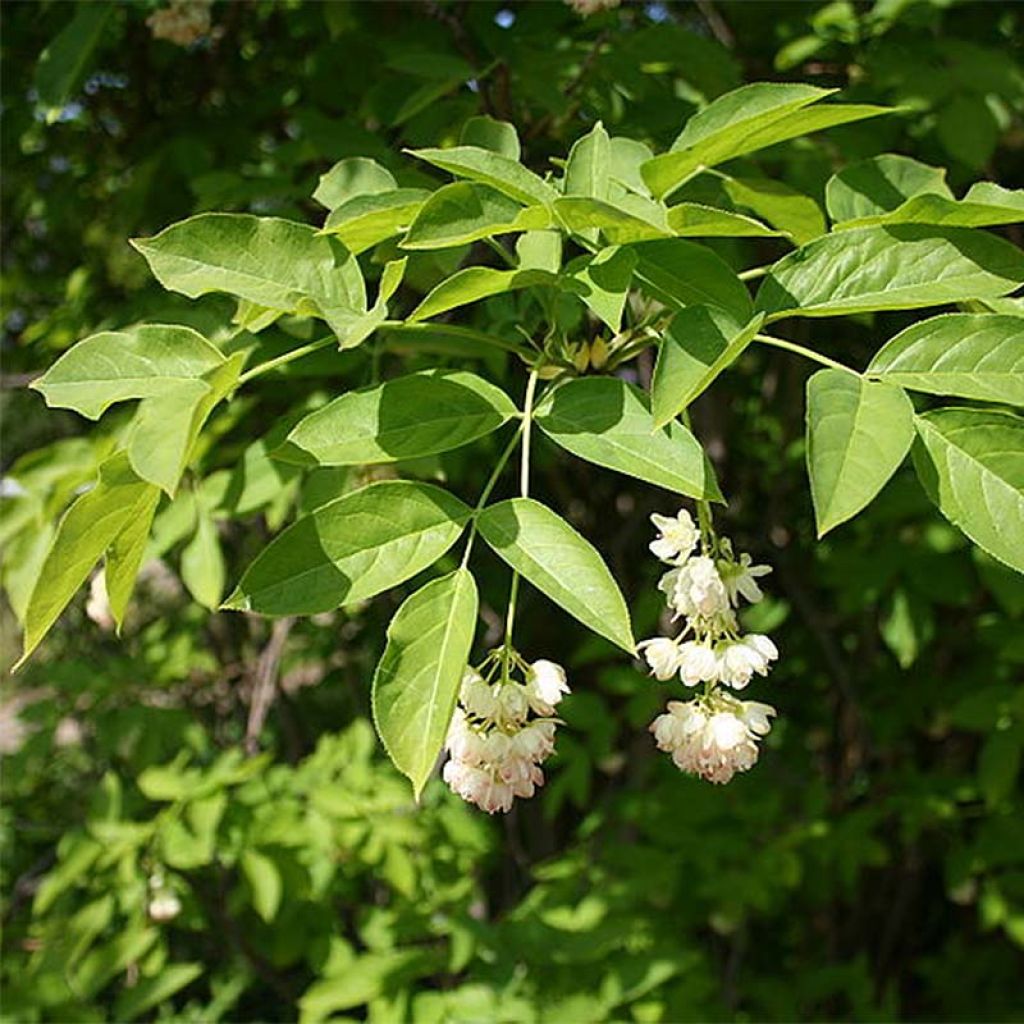

Staphylea pinnata
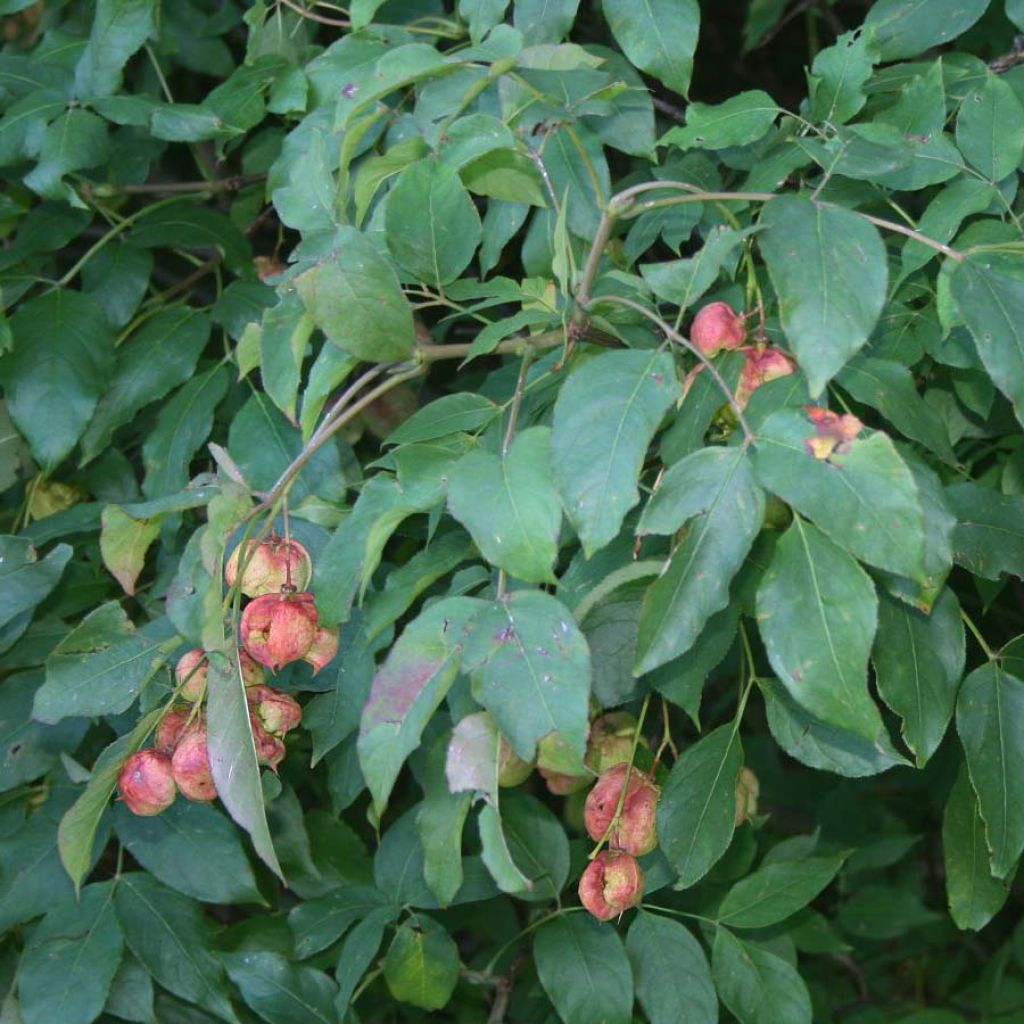

Staphylea pinnata
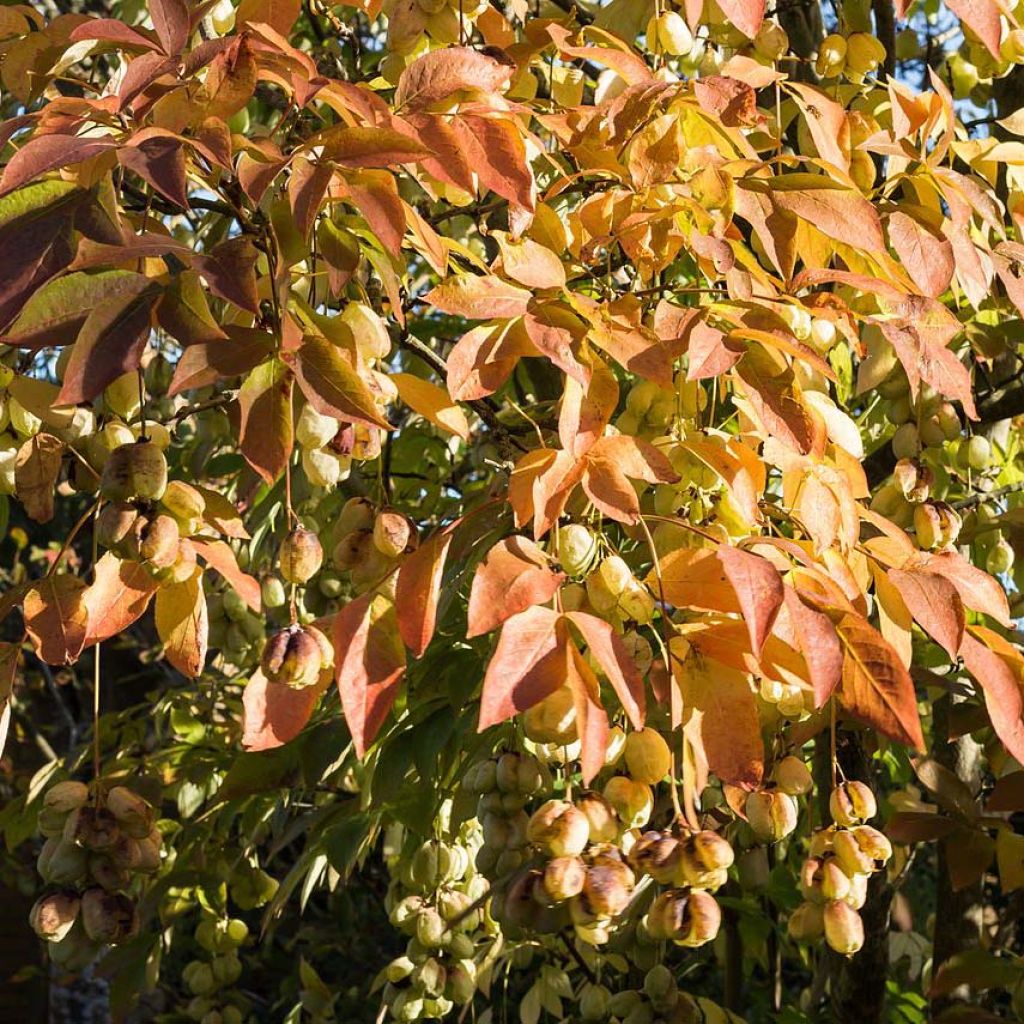

Staphylea pinnata
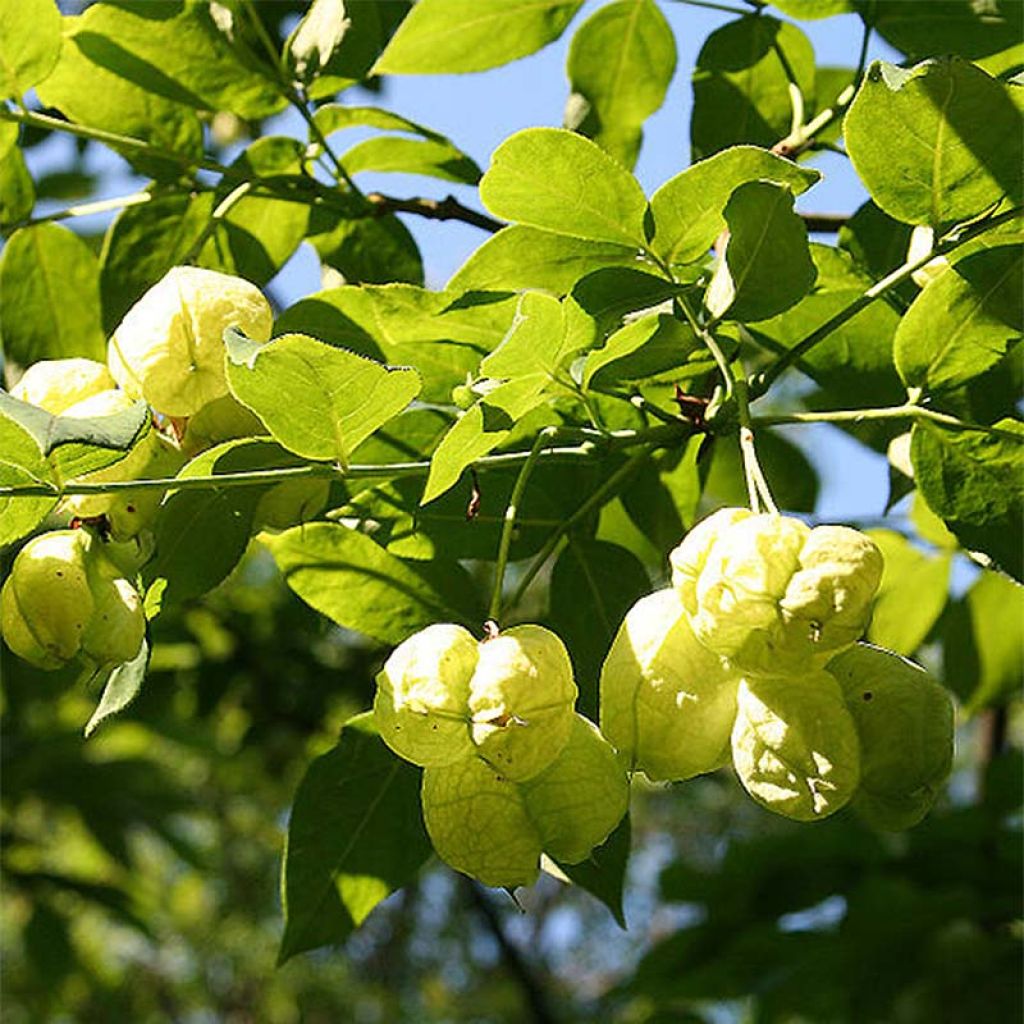

Staphylea pinnata
Staphylea pinnata
Staphylea pinnata
Common Bladdernut
The young plant arrived in good condition and already well developed.
Lucie, 12/12/2023
This item cannot be shipped to the selected country
Delivery charge from €5.90
Delivery charge from €5.90
More information
Schedule delivery date,
and select date in basket
This plant carries a 24 months recovery warranty
More information
We guarantee the quality of our plants for a full growing cycle, and will replace at our expense any plant that fails to recover under normal climatic and planting conditions.
From €5.90 for pickup delivery and €6.90 for home delivery
Express home delivery from €8.90.
From €5.90 for pickup delivery and €6.90 for home delivery
Express home delivery from €8.90.

Does this plant fit my garden?
Set up your Plantfit profile →
Description
Staphylea pinnata, also known as False Pistachio due to its seeds traditionally consumed like pistachios, is a small tree. It may not be spectacular, but it is perfectly adapted to cold climates and heavy, chalky soils. This deciduous shrub can thrive on its own once established, producing clusters of small, bell-shaped, white-cream, fragrant flowers every spring. The flowers are followed by swollen fruits that are as curious as they are decorative, containing green, fatty almonds with a sweet and slightly bitter taste. Just like hazelnuts, medlars, and elderberries, it has its rightful place in a countryside hedge, a large wild grove, or a garden that makes room for nature.
The false pistachio belongs to the Staphyleaceae family, which consists of only 11 species in the Staphylea genus. All these shrubs are native to the moist understory of the temperate northern hemisphere. This one, also known as Cut Nose because of its truncated fruits, is native to central and eastern Europe and western Asia.
Its growth is rapid, reaching about 4 m (13.1 ft) in all directions in a few years, forming a small, bushy, and rounded tree. In May-June, it bears clusters of pendulous bell-shaped flowers at the tips of its branches, with a subtle scent of coconut. The flowering will be more abundant after a hot summer. These campanulate corollas, measuring 9 mm to 12 mm (0.4 in to 0.5 in) long, are composed of 5 pale-yellow to white petals. They are followed by the formation of membranous, inflated capsule-like fruits, measuring about 3 cm to 4 cm (1.2 in to 1.6 in) in all directions. Each capsule contains an oily, pistachio-green edible seed that can be roasted or used to make liqueur. When the fruit is ripe, in September-October, the capsule splits open with a curious clicking sound. The deciduous foliage consists of opposite leaves, divided into 5 to 7 ovate to lanceolate leaflets, finely toothed along the edges, measuring 7 cm to 10 cm (2.8 in to 3.9 in) long. They have a fairly dark green colour, slightly satin-like.
Staphylea pinnata is perfectly hardy and tolerant of any type of soil as long as it remains moist. Its wild shrub-like appearance makes it more suitable for countryside settings and natural areas of the garden. In a free hedge, it can be grown with, for example, rowans, hazelnuts, medlars, hawthorns, elderberries, or even field maples with their beautiful autumn colours. To further enhance this ensemble, add some white spireas (arguta, Van Houttei), lilacs, mock oranges, botanical roses (Rosa hugonis, complicata, moyesii, pteracantha), and viburnums (lantana, carlesii, rhytidophyllum), or a Caragana arborescens. These are equally robust and easy-to-grow shrubs.
Report an error about the product description
Staphylea pinnata in pictures
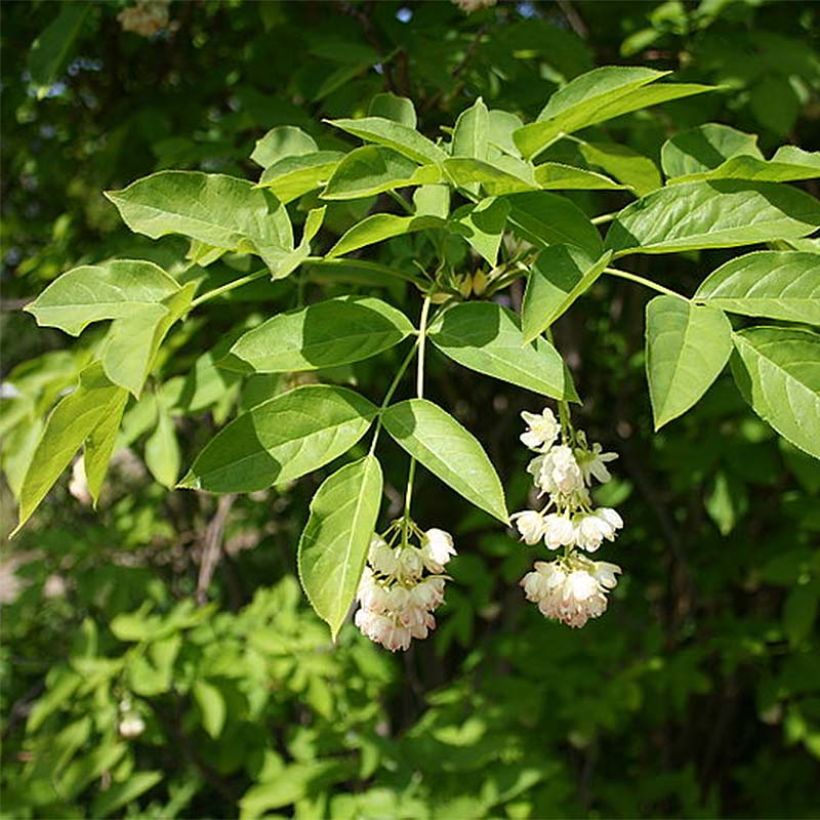

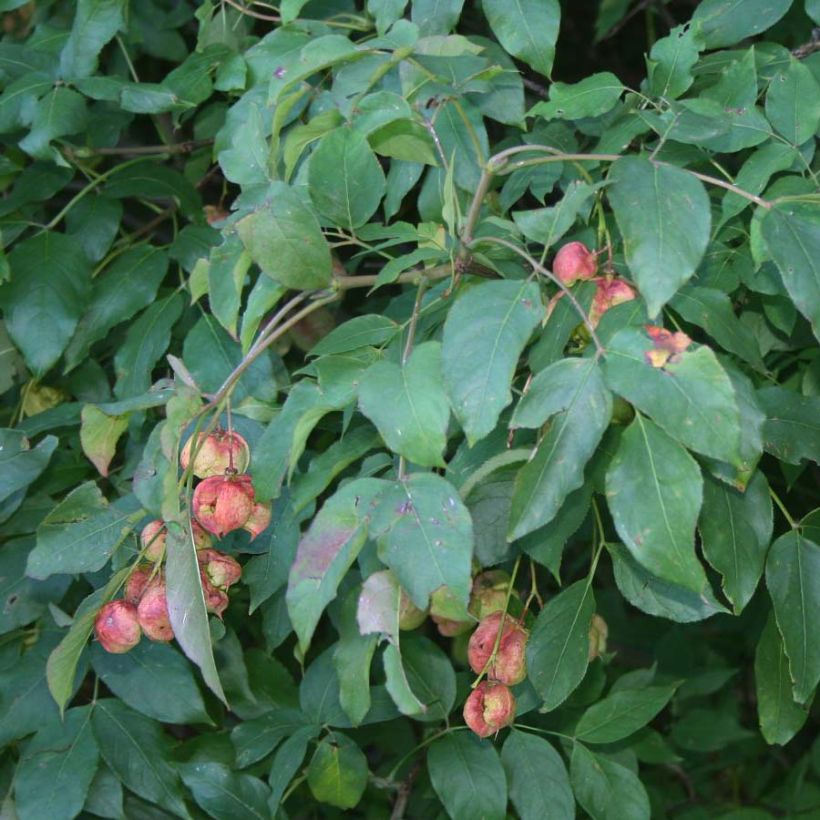

Plant habit
Flowering
Foliage
Botanical data
Staphylea
pinnata
Staphyleaceae
Common Bladdernut
Western Europe
Other Staphylea
Planting and care
Plant in spring or autumn, in a sunny or semi-shaded position. Enrich your planting hole with a little well-rotted compost. This bush is not picky about the soil, as long as it is deep and remains moist throughout the year. The soil pH can be slightly acidic, neutral, or even quite alkaline. It does not fear the presence of clay, which makes the soil heavy. It tolerates hot summers quite well, which promote a more abundant flowering. Pruning should be done in summer, sparingly, after flowering. Remove dead wood and branches that are growing towards the centre or crossing each other. Balance the shape but never prune large branches.
Planting period
Intended location
Care
-
, onOrder confirmed
Reply from on Promesse de fleurs
Spring-flowering shrubs
Haven't found what you were looking for?
Hardiness is the lowest winter temperature a plant can endure without suffering serious damage or even dying. However, hardiness is affected by location (a sheltered area, such as a patio), protection (winter cover) and soil type (hardiness is improved by well-drained soil).

Photo Sharing Terms & Conditions
In order to encourage gardeners to interact and share their experiences, Promesse de fleurs offers various media enabling content to be uploaded onto its Site - in particular via the ‘Photo sharing’ module.
The User agrees to refrain from:
- Posting any content that is illegal, prejudicial, insulting, racist, inciteful to hatred, revisionist, contrary to public decency, that infringes on privacy or on the privacy rights of third parties, in particular the publicity rights of persons and goods, intellectual property rights, or the right to privacy.
- Submitting content on behalf of a third party;
- Impersonate the identity of a third party and/or publish any personal information about a third party;
In general, the User undertakes to refrain from any unethical behaviour.
All Content (in particular text, comments, files, images, photos, videos, creative works, etc.), which may be subject to property or intellectual property rights, image or other private rights, shall remain the property of the User, subject to the limited rights granted by the terms of the licence granted by Promesse de fleurs as stated below. Users are at liberty to publish or not to publish such Content on the Site, notably via the ‘Photo Sharing’ facility, and accept that this Content shall be made public and freely accessible, notably on the Internet.
Users further acknowledge, undertake to have ,and guarantee that they hold all necessary rights and permissions to publish such material on the Site, in particular with regard to the legislation in force pertaining to any privacy, property, intellectual property, image, or contractual rights, or rights of any other nature. By publishing such Content on the Site, Users acknowledge accepting full liability as publishers of the Content within the meaning of the law, and grant Promesse de fleurs, free of charge, an inclusive, worldwide licence for the said Content for the entire duration of its publication, including all reproduction, representation, up/downloading, displaying, performing, transmission, and storage rights.
Users also grant permission for their name to be linked to the Content and accept that this link may not always be made available.
By engaging in posting material, Users consent to their Content becoming automatically accessible on the Internet, in particular on other sites and/or blogs and/or web pages of the Promesse de fleurs site, including in particular social pages and the Promesse de fleurs catalogue.
Users may secure the removal of entrusted content free of charge by issuing a simple request via our contact form.
The flowering period indicated on our website applies to countries and regions located in USDA zone 8 (France, the United Kingdom, Ireland, the Netherlands, etc.)
It will vary according to where you live:
- In zones 9 to 10 (Italy, Spain, Greece, etc.), flowering will occur about 2 to 4 weeks earlier.
- In zones 6 to 7 (Germany, Poland, Slovenia, and lower mountainous regions), flowering will be delayed by 2 to 3 weeks.
- In zone 5 (Central Europe, Scandinavia), blooming will be delayed by 3 to 5 weeks.
In temperate climates, pruning of spring-flowering shrubs (forsythia, spireas, etc.) should be done just after flowering.
Pruning of summer-flowering shrubs (Indian Lilac, Perovskia, etc.) can be done in winter or spring.
In cold regions as well as with frost-sensitive plants, avoid pruning too early when severe frosts may still occur.
The planting period indicated on our website applies to countries and regions located in USDA zone 8 (France, United Kingdom, Ireland, Netherlands).
It will vary according to where you live:
- In Mediterranean zones (Marseille, Madrid, Milan, etc.), autumn and winter are the best planting periods.
- In continental zones (Strasbourg, Munich, Vienna, etc.), delay planting by 2 to 3 weeks in spring and bring it forward by 2 to 4 weeks in autumn.
- In mountainous regions (the Alps, Pyrenees, Carpathians, etc.), it is best to plant in late spring (May-June) or late summer (August-September).
The harvesting period indicated on our website applies to countries and regions in USDA zone 8 (France, England, Ireland, the Netherlands).
In colder areas (Scandinavia, Poland, Austria...) fruit and vegetable harvests are likely to be delayed by 3-4 weeks.
In warmer areas (Italy, Spain, Greece, etc.), harvesting will probably take place earlier, depending on weather conditions.
The sowing periods indicated on our website apply to countries and regions within USDA Zone 8 (France, UK, Ireland, Netherlands).
In colder areas (Scandinavia, Poland, Austria...), delay any outdoor sowing by 3-4 weeks, or sow under glass.
In warmer climes (Italy, Spain, Greece, etc.), bring outdoor sowing forward by a few weeks.

































